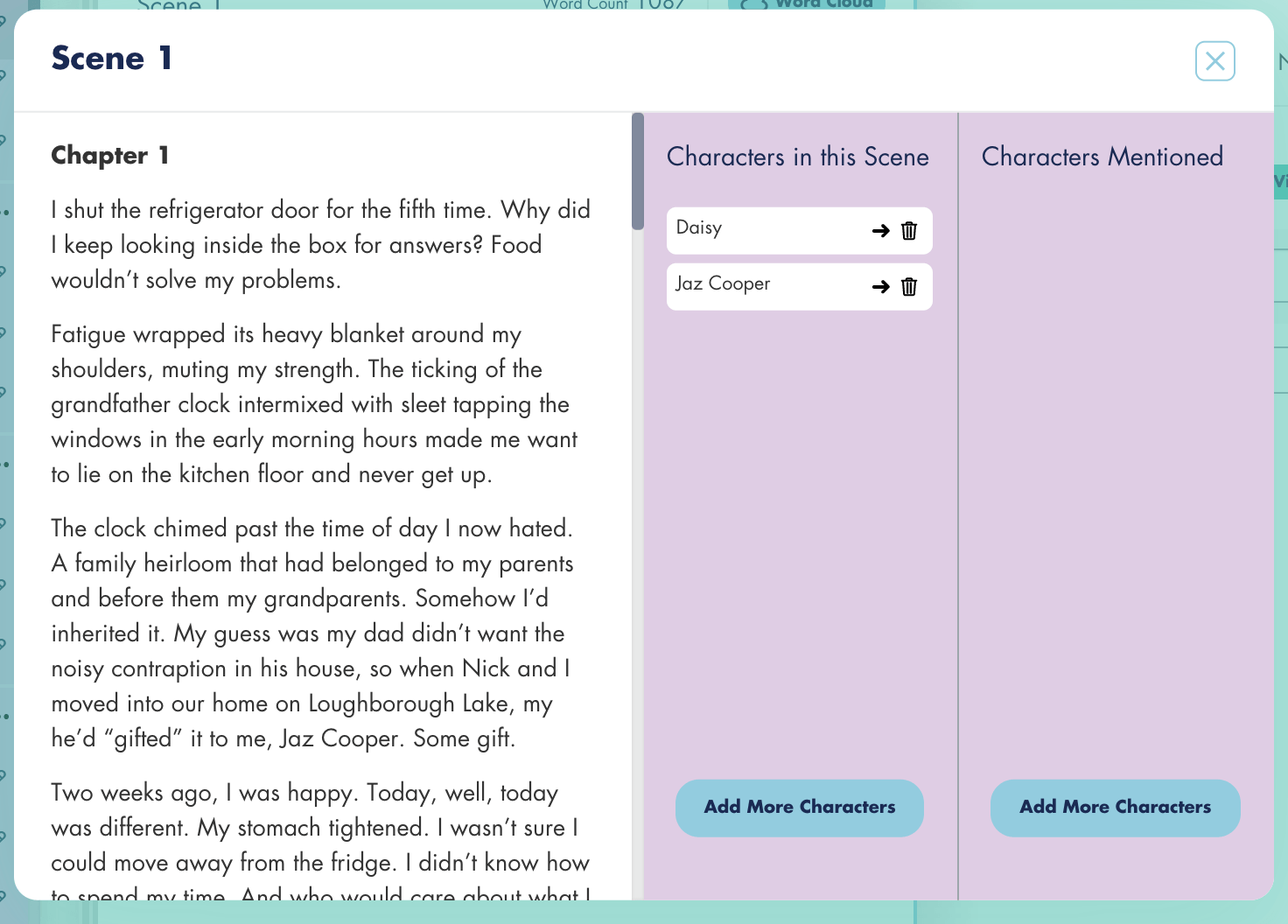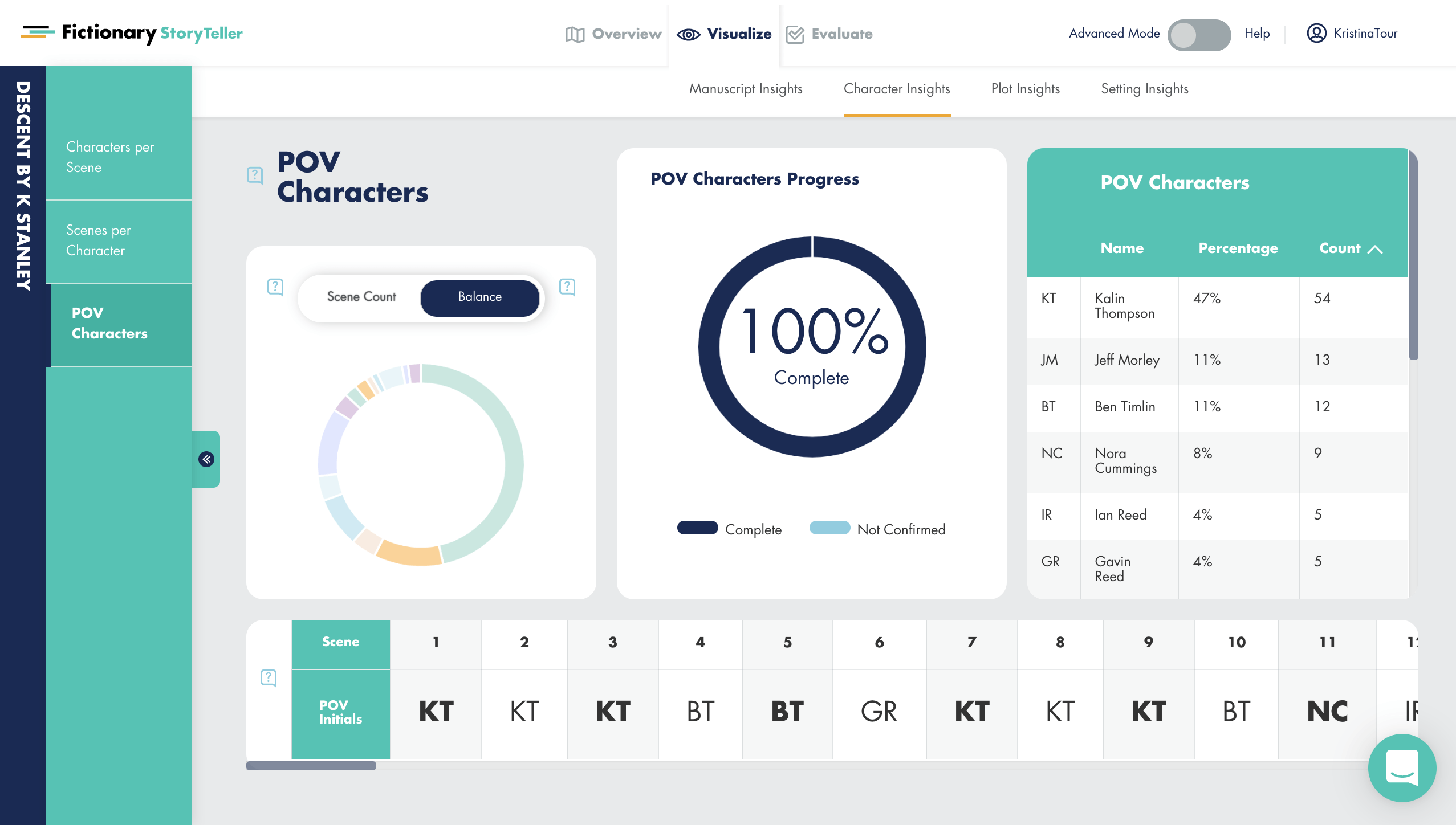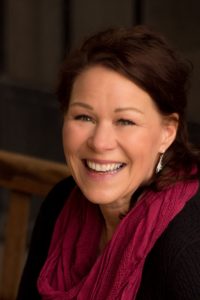One reason people read fiction is to escape and experience the world through the thoughts and actions of the characters in the story.
We believe characters are your story. They act and react. They create emotion. They show motivation. Without any of this, you don’t have a story. That’s a tall order for your characters.
So how do you make sure you’re putting the most into your characters? You edit and rewrite until your characters are performing at their best. A little bit of organization will help you quickly complete these revisions.
Characters and Story Structure
You’ve finished your first draft, so most likely you know who your characters are, what they look like, and so on. You should also know if you are writing from a single Point Of View (POV) or multiple points of view. In essence, you know who is telling your story.
But what about how your characters fit into your story structure?
When thinking about the characters in each scene, ask yourself:
- Who is in the scene and who is just mentioned?
- Who is the POV character for the scene
- What is the POV character’s goal for the scene?
Who is in the Scene?
In Fictionary, you can visualize who is in each scene and who is mentioned. Seeing your character names will help you decide if you’ve chosen the best POV character for the scene.

Here is an example of how to answer these 3 questions using my novel Evolution. The characters in the scene are shown above. The point of view character is Jax Cooper (she’s also the protagonist), and her goal is to survive the day.

Evaluate each scene to ensure the reader will understand the answers to the 3 questions. You can show, tell, or imply the answers. It’s up to you to find the right balance. The more important the event, the more you should show the reader what’s happening. The less important events can be told quickly, so the reader can move on to the good stuff.
Balance the Point of View Characters
To help you visualize the balance of your POV characters, Fictionary shows you how many POV scenes each character has, the order they have the POV, and the percentage of POV scenes compared to other characters.
Below, for my novel DESCENT, you can see Kalin Thompson has the most POV scenes (good because she’s the protagonist), Ben is 3rd (also good because he is her love interest) and so on. The initials on the bottom show you the order.

What Writers are Saying About StoryTeller!
 “Revising my second novel was a formidable job. I’d spent years studying novel writing while polishing my first manuscript. I dreaded the overwhelming task of wrestling 80,000 words into coherent shape again.
“Revising my second novel was a formidable job. I’d spent years studying novel writing while polishing my first manuscript. I dreaded the overwhelming task of wrestling 80,000 words into coherent shape again.
Fictionary StoryTeller was a huge time-saver and allowed me to geek out on the charts and statistics about my book. I loved the ability to identify plot holes, label the beginnings and endings of each chapter, and view character details. Completely online and mobile, I didn’t need to tote around a marked-up manuscript covered in sticky notes to work on revisions. The author tips are a helpful guide because I’m still learning my way around the world of fiction writing. Fictionary allowed me to visualize the story structure of my draft before I made changes. I’m excited to rewrite!” Kelly Brakenhoff
Learn more about writing captivating stories.
If you’d like to listen to an in-depth discussion on story editing, check out Story Edit Like A Pro.
![]()
StoryTeller is creative editing software for fiction writers. Transform your story, not just your words. Successful stories depend on your ability to edit, improve, and revise your work. Only when you master story editing, can you master storytelling.
Why not check out Fictionary’s StoryTeller free 14-day trial and tell powerful stories?

